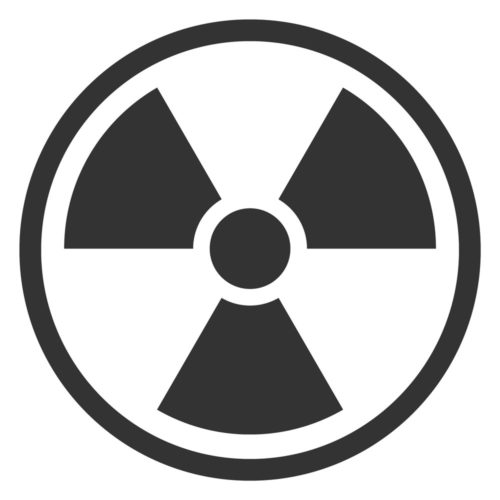Nuclear Medicine & Medical Imaging
Between SPECT and CT, healthcare workers in the United States run over 90M radiological imaging procedures every year. Such scans, taken in aggregate, represent clinically significant radiation exposures to many, many patients each year, and the problem is especially acute for younger patients who suffer from illnesses requiring multiple scans over many years. Current attempts to improve SPECT and CT scanning, allowing for either lower doses or better resolution, have created instruments that are much more expensive than their predecessors, but Actinia’s technology can be leveraged to offer such improvements without raising the price of such instruments to the level of bleeding-edge technology. Actinia’s impact on medical imaging will be profound, allowing practitioners to lower radiation doses to patients while improving the resolution of scans.

Nuclear Safety and Security

Efforts to decarbonize the electrical power grid are gaining popularity throughout the United States, Europe, and even emerging economies. A key component of decarbonization is an increased reliance on alternative energy sources, including nuclear energy. Thus, we anticipate significant growth in this critical infrastructure industry over the next several decades, and it will be increasingly important to monitor new plants using the best tools available. On this front, Actinia can offer nuclear power plants the highest-end semiconductor materials for gamma-ray detection without the premium prices necessitated by the use of alloys such as cadmium zinc telluride.
Rising reliance on nuclear energy is linked inextricably to a rising risk that fissile materials will be illegally transported to or created by nation-states and other political organizations who are not authorized to use such materials and who might seek to weaponize them. Actinia’s cutting-edge radiation detectors will empower governments and NGOs to keep the world safe from such threats.

